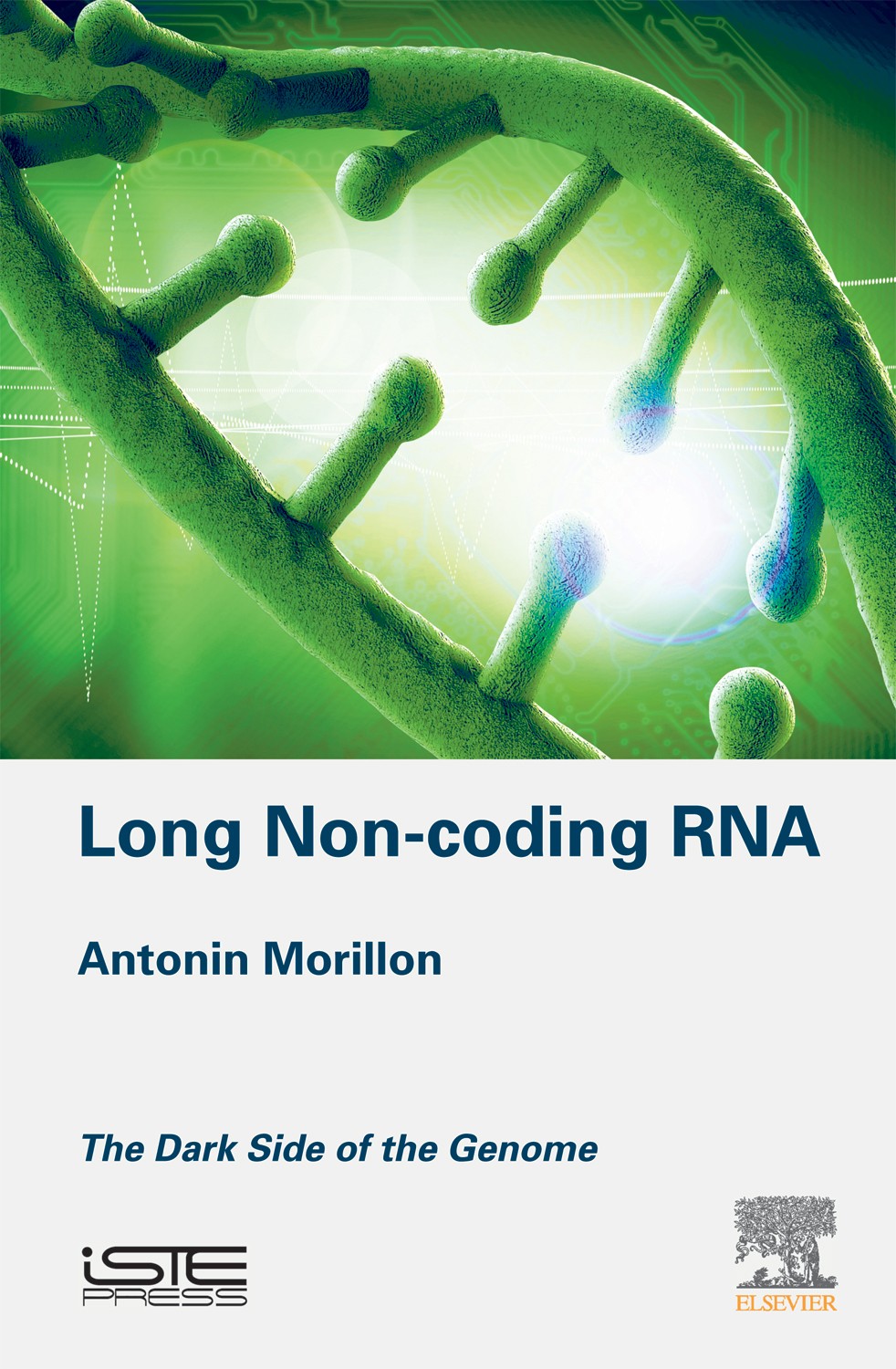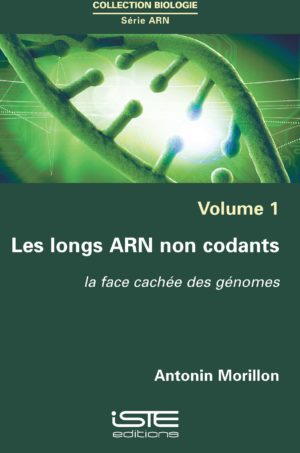
The dark side of the genome represents vast domains of the genome that are not encoding for proteins – the basic bricks of cellular structure and metabolism. Up to 98% of the human genome is non-coding and produces so-called long non-coding RNA. Some of these non-coding RNA play fundamental roles in cellular identity, cell development […]
The dark side of the genome represents vast domains of the genome that are not encoding for proteins – the basic bricks of cellular structure and metabolism. Up to 98% of the human genome is non-coding and produces so-called long non-coding RNA. Some of these non-coding RNA play fundamental roles in cellular identity, cell development and cancer progression. They are now widely studied in many organisms to understand their function.
Here, we review this expanding field of research and present the broad functional diversities of those molecules and their putative fundamental and therapeutic roles. We develop the recent history of non-coding RNA, their very much debated classification and how they raise a formidable interest for developmental and tumorigenesis biology.
Using classical examples and an extensive bibliography, we illustrate the most studied and attractive examples of these long non-coding RNA, how they interface with epigenetics, genome integrity and expression and what are the current models of their regulatory mechanisms.
1. Non-coding RNA, Its History and Discovery Timeline.
2. Definition and Families of Long Non-coding RNA.
3. Biological Functions of Long Non-coding RNA.
4. Non-coding RNA in Development.
5. Long Non-coding RNA and Cancer.

